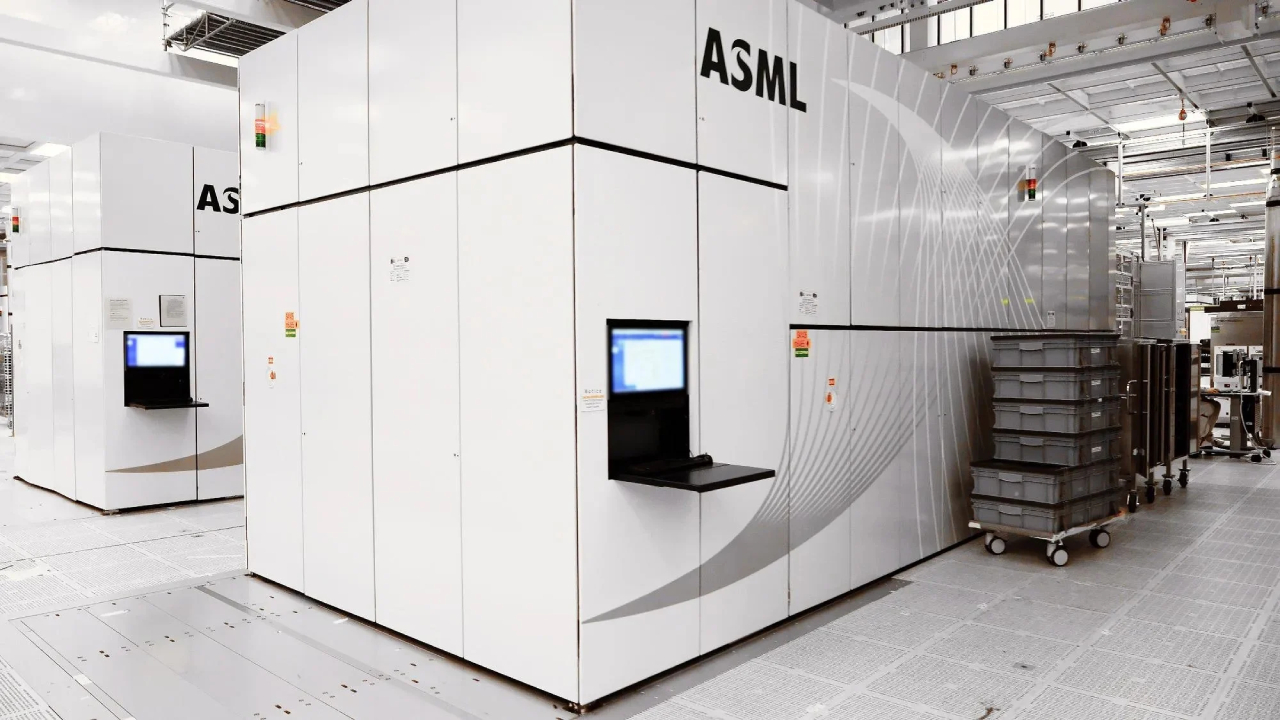A report has emerged that Intel is purchasing high-resolution lithography tools. The company will purchase six of the 10 High-NA EUVs produced by ASML next year. Samsung has also entered into an agreement to purchase high-NA EUV vehicles from ASML. Here are the details…
Intel can get ahead of its competitors by becoming the first customer of ASML’s cutting-edge device!
According to TrendForce’s report, Intel will acquire an extreme ultraviolet (EUV) lithography tool with a 0.55 numerical aperture from ASML this year, and the company will acquire most of it in 2024. This shows that Intel tends to use Twinscan EXE machines heavily.

Intel will receive the Twinscan EXE:5000 pilot scanner from ASML this year and use it to learn how to better use it in commercial production of high-NA EUV lithography. Initially, it was planned to use this lithography technology on the Intel 18A (18 angstrom, 1.8 nm class) production node to print the smallest details. However, since high-NA vehicles arrived later than expected, EUV switched to the multipatterning method.
The six additional high-NA EUV lithography tools (Twinscan EXE:5200) that the company will acquire next year will be used to mass produce chips with Intel’s 18A or other process technologies in 2025 and beyond. Additionally, the use of Twinscan EXE can positively impact the company’s production cycles.
However, it is unclear whether they will have a positive impact, considering that these machines will cost more than ASML’s Twinscan NXE:3600D or NXE:3800E machines, which already exceed $200 million.
Intel will gain an advantage over its competitors by pioneering high-NA learning. Additionally, as it is likely to be the first company to move into high-volume production with high-NA vehicles, the factory vehicle ecosystem will also comply with these requirements and likely evolve into industry standards.
This could give Intel strategic advantages over rivals like TSMC and Samsung Foundry. But Intel’s competitors are also trying to get high-NA tools. In this regard, Kyung Kye-hyun, vice president of Samsung Electronics, stated that the company made an agreement with ASML to supply high-NA vehicles and said:
“Samsung has established priority in high-NA equipment technology. “I believe this creates an opportunity to optimize the use of high-NA technology in our production of DRAM memory chips and logic chips on a long-term basis.”
So what do you think about this issue? You can share your opinions with us in the Comments section below.

